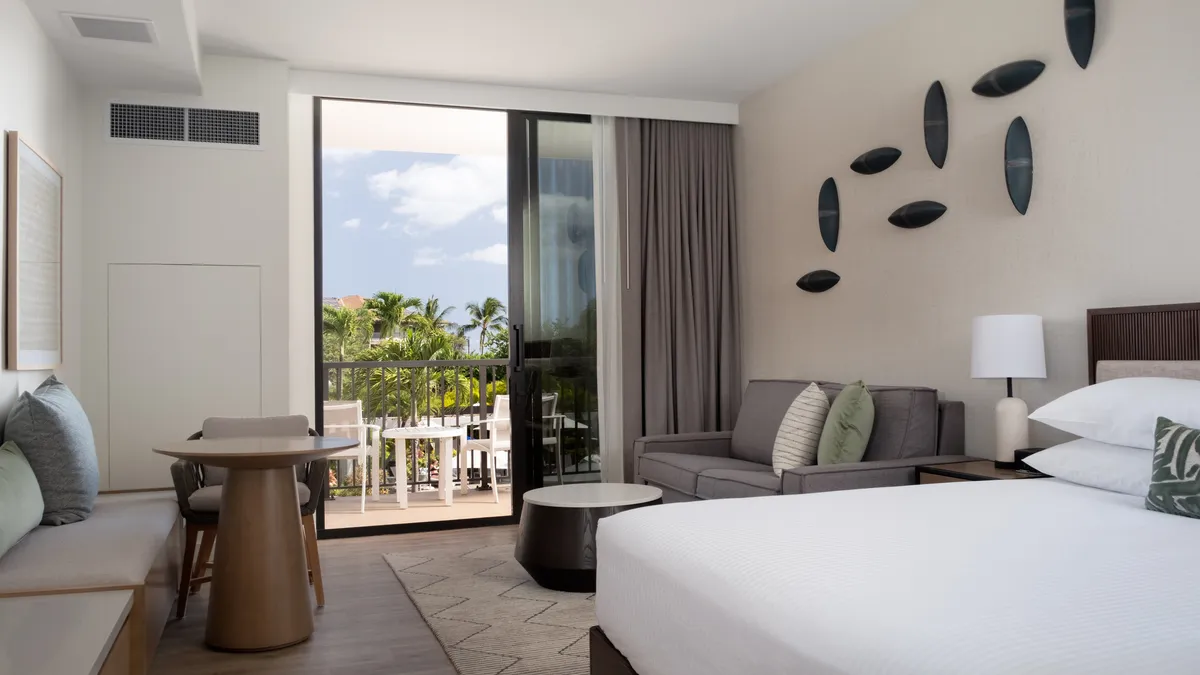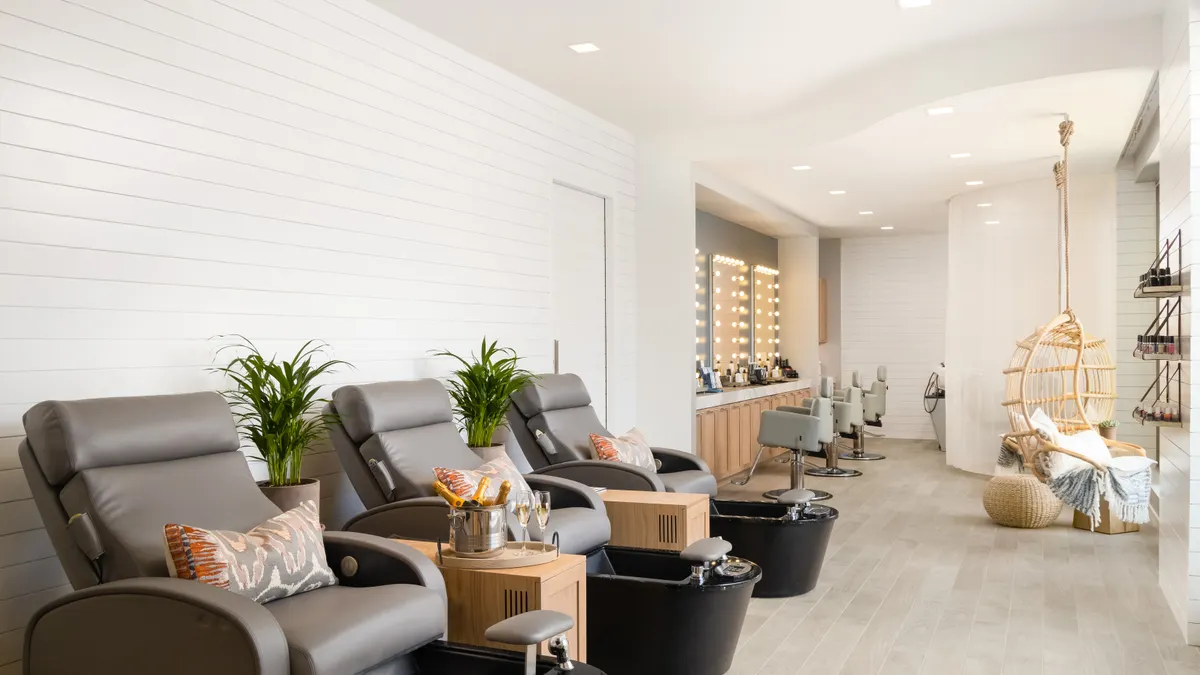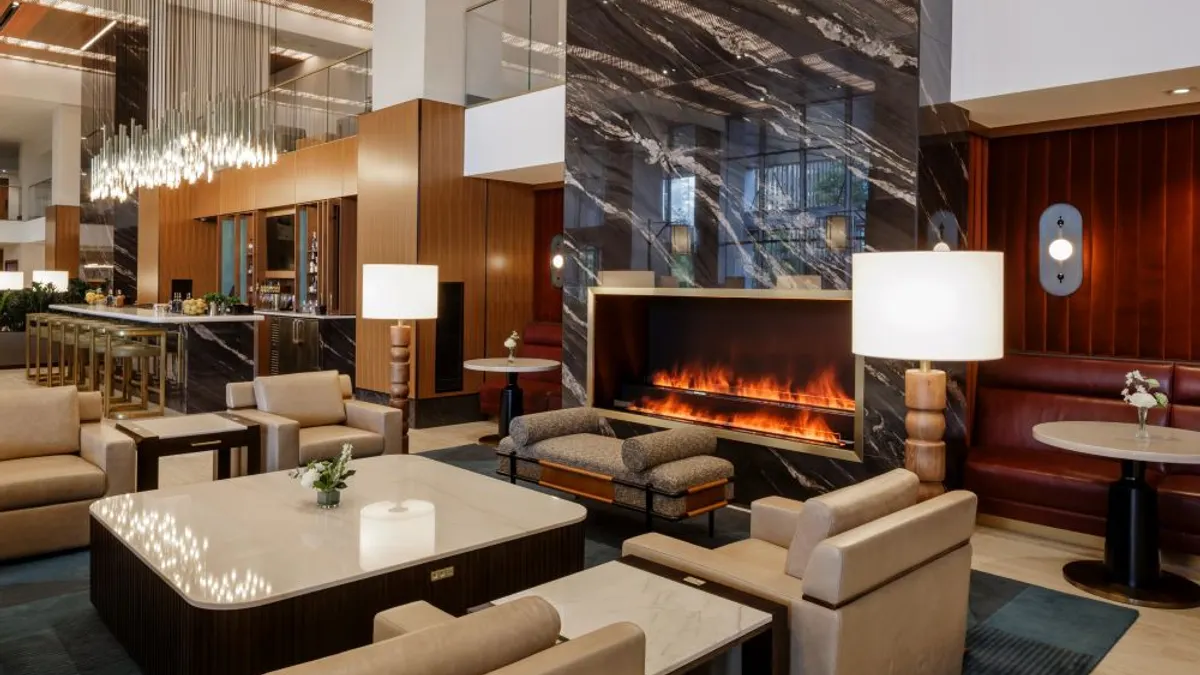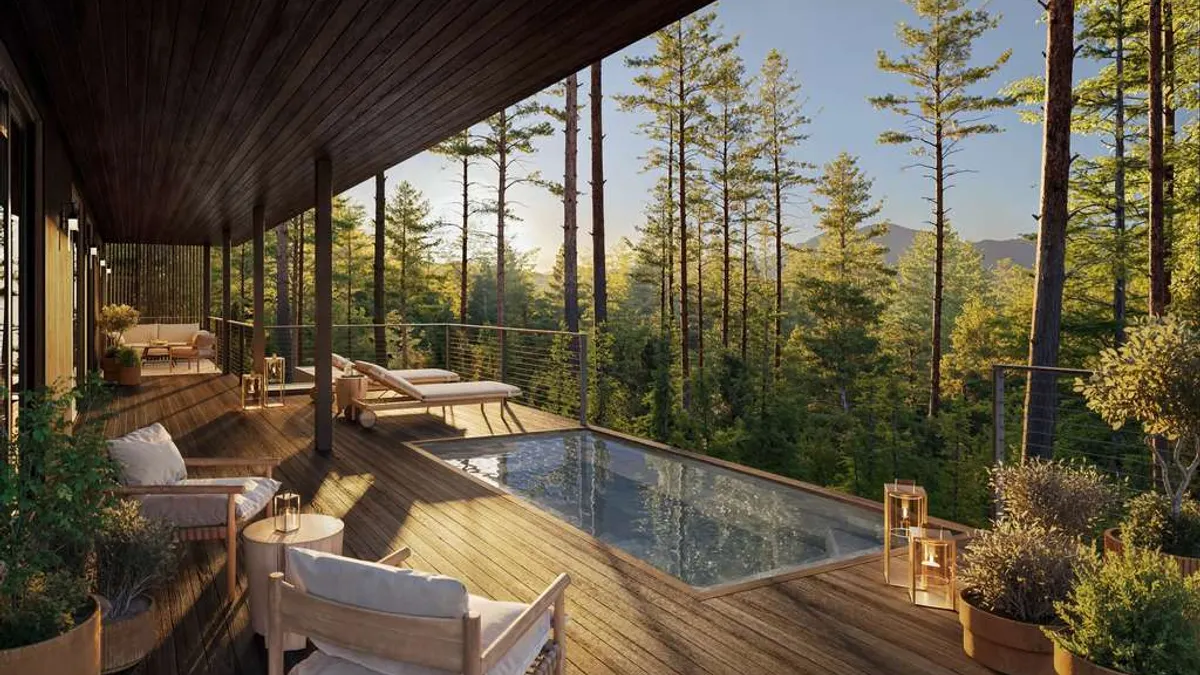The following is a guest post from Casey Scalf, director of hospitality design collective The Society. Opinions are the author’s own.
Hotel design is about more than just creating a place to sleep. It's about developing an immersive experience that reflects the brand’s core values. From the website to check-out, every touchpoint needs to be cohesive to leave a lasting impression. When the guest journey is seamless and thoughtfully developed, it sets the stage for memorable stays that build loyalty.
As we look ahead to 2025, this focus on branded environments is becoming even more critical. In today’s market, travelers are seeking unique, one-of-a-kind moments — a shift that’s fueled the rise of lifestyle-focused hotels over the past 10 to 15 years. Guests are willing to pay a premium for something distinctive, which drives higher average daily rates and greater revenue. A well-executed branded atmosphere not only sets a property apart, but also boosts its bottom line.
Achieving this level of success, though, requires thoughtful choices — a balance between subtlety and creativity, and an understanding of how to weave a story into every detail. Fortunately, there are plenty of real-world examples of hotels that have perfected the art of signature experiences.
Reinforcing brand identity
Every design choice — whether it’s the color palette, furniture or artwork — presents an opportunity to reinforce a narrative. Even the smallest accents can serve as subtle identity markers that enhance the overall ambiance. Ultimately, the goal is to ensure that nothing is overlooked and that every element has a purpose.
For example, Hotel Willow, in Mason, Ohio, is designed around the history of WLW Radio, an iconic local landmark. The hotel pays homage to this history in everything from the Crosley Radios in the guest rooms to the wave-inspired patterns on the walls. The radio motif also appears in the corridor carpet, where, if you look closely, you’ll find a small Crosley radio and willow tree subtly woven into the pattern.
At the end of the day, it wasn’t just about designing a place to stay, but about creating a space where guests could feel connected to the town’s story, even in the details.
Balancing cleverness and subtlety
Incorporating brand identity into a hotel’s layout presents the challenge of balancing cleverness with kitsch. It’s about finding the right perspective without leaning too far in either direction — making it smart without being cheesy. This often means uncovering the deeper layers of a story to inform the design.
For example, the Element Hotel in Nashville, Tennessee, expresses the city’s musical heritage through curves inspired by a guitar’s body — subtle yet unmistakable nods to Nashville’s roots, rather than relying on overused musical references.
Another challenge is finding the right balance between subtlety and obviousness. Too much overt branding can feel forced, while too little may make the design feel bland or forgettable. It’s a delicate harmony that requires a deep understanding of the company’s essence. It’s also important to keep things fresh and original, whether by finding a unique path or giving a new spin to an existing idea.
Though the Maui Coast Hotel in Maui, Hawaii, already had an established identity, their challenge was finding the "white space" amidst Hawaii’s overabundance of well-worn tropes. Everything in Hawaii is, well, Hawaii, and standing out while still representing the island authentically is no easy task. Rather than leaning into the typical beach theme, the hotel chose to focus inward on the island’s unique flora. By incorporating local plants and creating elements that evoke the island’s natural beauty, guests are offered a refreshing, authentic perspective on Maui — something distinctive they couldn’t find at every beachfront resort.
Discovering a brand’s local story
Identifying the key historical or geographical elements of a location and turning them into a narrative can also be tough. Often, the places we expect to yield rich stories are surprisingly barren, while others offer an abundance of ideas.
For example, a hotel in Columbia, South Carolina, thought it would be easy to find historical references, but it was more difficult than anticipated. Meanwhile, in Allentown, Pennsylvania, there were countless stories to choose from. The task then becomes selecting the most interesting and feasible elements to transform from a storyline into a visual expression within the interior design.
Making brand-driven experiences meaningful
As we move into 2025, integrating a brand’s identity into hotel design will continue to be a powerful way to create spaces that resonate with guests on a deeper level. When done well, it makes for a memorable and cohesive experience that doesn’t just feel like a hotel stay — it feels like a unique opportunity to connect with the brand itself.
Every element, from the furniture to the lighting to the guest journey, plays a part in telling a story. The more seamlessly you can integrate that identity, the more successful the design will be.

















